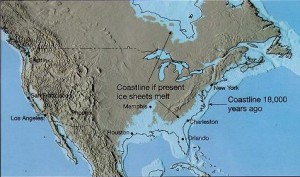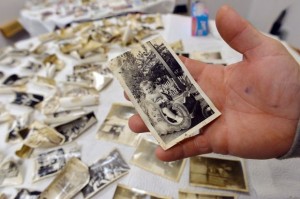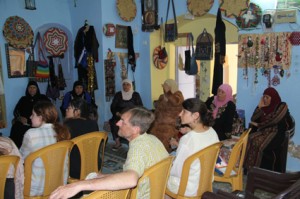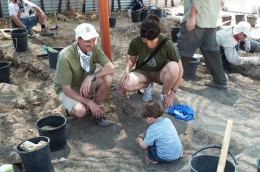Shored Up identifies the increasing crises of global climate change and sea level rise, and the equal threat of our society’s inability to recognize and react appropriately to such crises. People are attracted to water, so coastlines have become a prime source for development. Time and time again, as disasters strike coasts and nearly wash them clean, people run back to rebuild their homes. An example the documentary mentions is Long Beach Island, New Jersey. Long Island is extremely vulnerable to storms of any degree and each year New Jersey loses a half-foot of shoreline due to erosion alone. In 1962, the island received its first major catastrophe when the “100 year storm” hit. Once it passed over, people came back in, started constructing new homes, and implemented beach replenishment and nourishment programs. These programs are extremely expensive, short term attempts to elongate the coast, shedding light on the human denial of the power of nature and of climate change.
So, how does this relate to archaeology? Shored Up didn’t explicitly reveal any connections between climate change and archaeology, although it hinted at one. Footage took us into the personal accounts of families whose homes were destroyed and we watched them sift through rubble to find any significant remains. This in itself is a subtle form of archaeology, in which the victims are forced to sort through the matrix of debris to find any remaining valuables. As a response to such natural disasters, the field of disaster archaeology has recently emerged, which incorporates archaeological practices into recording and recovering evidence, including human remains, victim identification, disaster scene analysis, etc., from mass fatality disasters.
The major connection between climate and archaeology is that fluctuations in climate can tell archaeologists many things about the environment and culture of a location. The climate and environment govern human life, so when changes in climate occur, changes in culture occur. A perfect example that dictates this relationship is the Ice Age. During the Ice Age, glacial ace covered the majority of water and land, allowing only mostly megafauna and microorganisms to exist. When humans moved into North America and came into contact with such megafauna, they had to create large weapons to take down these monstrous animals for survival. Around 10,000 years ago, the ice began to melt, causing the megafauna to go extinct, which brought the shift to archaic culture. Archaic culture shifted towards smaller game and agriculture, and technology therefore changed to smaller tools to accommodate this shift. This example shows how culture is dependent on climate.
Archaeology can reveal how humans have either adapted to or denied the nature and climate of their environment. Like the humans of the Ice Age, we need to adapt to the circumstances of today. Shored Up encourages us to accept, not deny, climate change and the powerful force of nature, so that we can start coming up with and implementing long term, sustainable solutions to climate change and coastal disasters.
Additional Links:
http://www.climatecentral.org/news/u.s.-with-10-feet-of-sea-level-rise-17428
http://abcnews.go.com/US/north-carolina-bans-latest-science-rising-sea-level/story?id=16913782
Information Sources Used:
http://cis.uchicago.edu/outreach/summerinstitute/2013/documents/sti2013_paulette_gould_disasterarchaeology.pdf
Renfrew, Colin, and Paul G. Bahn. Archaeology Essentials: Theories, Methods, and Practice. New York, NY: Thames & Hudson, 2010. 202-03. Print. Pg 173.
Photo Links:
http://www.silive.com/news/index.ssf/2012/11/amid_the_rubble_precious_photo.html
http://environmental.lilithezine.com/Rising-Sea-Levels.html




